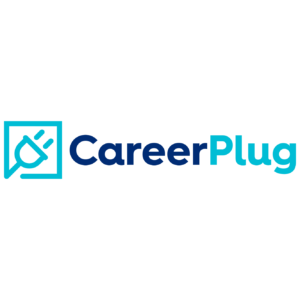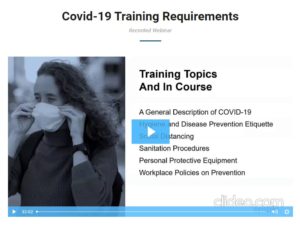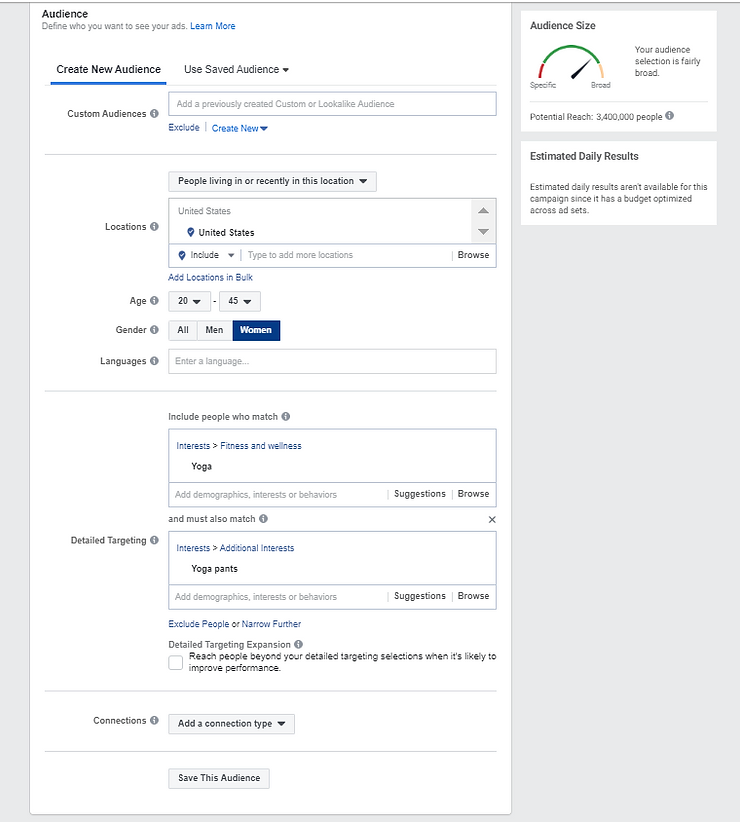https://www.bookkeepingacademyonline.com/blog/Coronavirus-Lessons-for-Small-Business
How to Survive Coronavirus as a Small Business
Bookkeeping Academy Online Aug 26, 2020

5 Lessons our Small Business Learned During the Global Pandemic of 2020
Like many of you, I’ve spent the past 6 months fighting to rebuild our small business to be strong enough to survive coronavirus. We’ve redesigned our training programs, our marketing systems, our client communication tools and changed our entire business model to be able to keep a “safe distance” and ensure our staff and client’s safety…. And amazingly we’ve lived to tell the story.
Now, I’m not saying it was easy or that we’ve done things right (or even well), but we are coming out of 2020 stronger. Below are 5 things we did differently to pivot and stay profitable even after having to lay off all of our staff back in March and rehiring them in April.
Lesson 1: We got lean…
 Like SUPER lean… like I threatened to only cook ramen and considered canceling our $14 per month spotify subscription lean…
Like SUPER lean… like I threatened to only cook ramen and considered canceling our $14 per month spotify subscription lean…
By getting intimate with our numbers we figured out how to cut our expenses with care and were able to right-side our business. So as our income dropped by 90% and our staff was down to 1/10th of our normal capacity, we cut our expenses by an equal percentage so we could ensure we stayed profitable
I’m not saying it was easy, and I’m not saying it wasn’t difficult, but I can confidently say that we are much better off! As our income came back we didn’t add the expenses back as quickly so we’re actually MORE profitable as a company than we were 6 months ago.
Nothing like an unprecedented state of emergency to get you deeply in touch with the health of your business.
Here’s the deal: if you haven’t right-sized your business yet, it’s not too late! Now is the perfect time. None of us know how long we’re going to have to ride this wave, so the sooner you get your financial house in order the better!
Lesson 2: We ditched our ideas of perfection.
It can be hard to remember that we aren’t the only ones juggling work, kids, home schooling, new bread baking skills, serious wanderlust, and fighting the blues on the regular….
And on normal times, we appreciate our clients but in these global pandemic times we really NEEDED our clients. We decided early on in this whole mess to embrace the mess and the chaos and the imperfections. We got real with our clients and decided to just be ourselves. And the results were so heart-warming! We sent a couple of emails and posted a couple of videos talking about how the pandemic was effecting our family, our staff, our clients, and our businesses. We were straight-forward about how we were trying to juggle & handle everything. And we were honest about how they could help us (by bundling their services, leaving us a review, talking about us to their friends, etc).
In normal times asking for help would have felt weird and too vulnerable, but in these times – it was freeing and beautiful.
If you’ve been hiding how you’re hurting from your clients I’d encourage you to step out of your comfort zone and try being real with them. If you need some inspiration, go watch an episode of SGN with John Krasinski, or an episode of Conan streaming live from his living room. It’s okay to embrace the imperfections, in fact you’ll be closer and better for it, I promise!

Lesson 3: We got to know our client’s better.
Building on the last lesson, that once we’ve become vulnerable with our clients, there is a deeper connection with them that goes beyond the transaction. We’ve invited them into our homes (through video) and discussed our struggles.
We’re friends now.
So we used this as a chance to get to know our clients better. We had a little more time on our hands in March & April (funny how that happens when your call volume drops 90%). So we actually got on the phone and called our top clients.
We asked them how they were.
We asked about their families.
One of the most amazing things about this pandemic is that the entire world is experiencing it together. I heard from friends in Italy, France, Spain, Australia, England, Kenya, India, Japan and Canada. Every conversation started with how are you holding up? How are you handling this?
So that made what used to be so big and scary (picking up the phone) easier because our ice breaker was already done for us. Once we got past the pleasantries and the small talk we asked our clients just a handful of questions.
We asked them if there was something about our services that they wish were different? We asked if there was something they wish we offered but we didn’t.
We asked if there was something we could do to make buying from us easier.
The key here is we didn’t sell them anything. Instead we appealed to needing their help. Because of our communication with them, they felt compelled to help us because they were rooting for us, and they want us to not only survive but succeed. And we made it clear we wanted to listen.
We were transparent that we wanted to come out of this better and stronger. We took a lot of notes and their honesty helped us. We learned that many of our best clients didn’t actually know what services we offered. We didn’t know that they were frustrated with our scheduling process. We didn’t know that they were actually wanting our services more frequently but kept forgetting to call us. Their feedback and our vulnerability gave us a chance to really improve our business.
And you know what? After calling the first client the second one was MUCH easier.

Lesson 4: We pivoted.
As you know by now – not only do I teach business owners how to do their own bookkeeping and offer done-for-you bookkeeping services. I also co-own a window cleaning business with my husband.
Many of you probably don’t know that my husband won the window cleaning world championship at the IWCA conference back in January (Is it just me or does January feel like 12 years ago?).
And even less commonly known is that I placed 3rd in the women’s division of that world championship. 🙂
But here’s the crazy thing…
I know… I know… You probably thought me… the nerdy CPA, Meaghan cleaning windows was the crazy thing.
But it isn’t…
The crazy thing is that 6 short weeks after probably the highlight of our window cleaning careers our world came crashing down and we weren’t able to offer window cleaning services anymore.
You see we live in California, and in California – Window Cleaning was not really deemed an essential service.
For those of you stuck working at home looking through dirty windows I hear you that it absolutely SHOULD be an essential service, but the way we saw it – it wasn’t worth killing someone over.
So – what does a window cleaning company led by the worlds best window cleaner do when they can’t offer window cleaning services anymore?
Like many of you we pivoted. We leaned on our other service offerings and we communicated & marketed the heck out of them. We used the word that had hurt us (“essential”), to our benefit.
And we took the opportunity to really communicate with our clients about what other exterior-only services we offered. Pressure washing? Solar Panel Cleaning? Gutter Cleaning?
I can’t think of much more essential exterior services than freeing sidewalks & driveways of slipping hazards (moss). Or helping our clients stretch out the life of their roofs and prevent leaks by cleaning them and their gutters. And we maintained the efficiency of their solar panels now that they were working from home and had higher energy news.
It turns out that these services are ALL more profitable than window cleaning AND we’d done a terrible job selling these services to our existing, loyal clients. So I guess thank you Covid-19 for this lesson. It turns out our clients we’re delighted to PAY us to come do additional more-essential work for them.
Lesson 5: We kept at it.
We kept showing up. We didn’t give up. We kept working our tails off. We took it one day at a time and we got here. And dang it feels good looking back at the past 6 months and all the mountains we’ve climbed and hoops we’ve jumped through…. Wow, when I look back at it I’m proud…. It wasn’t easy, but boy are we stronger for it!

This is turning into quite a marathon, so be sure to pace yourself and take care of you. Remember, you are not alone and you can do this.
I think this is the perfect time for you to take a minute to reflect on your business and the hurdles you’ve jumped in the past six months. What have been your lessons. How are you stronger than you were in February?
Okay now…. Your Turn! Write down some of your wins & lessons.
https://www.bookkeepingacademyonline.com/blog/Coronavirus-Lessons-for-Small-Business
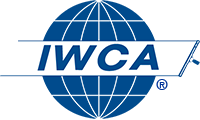
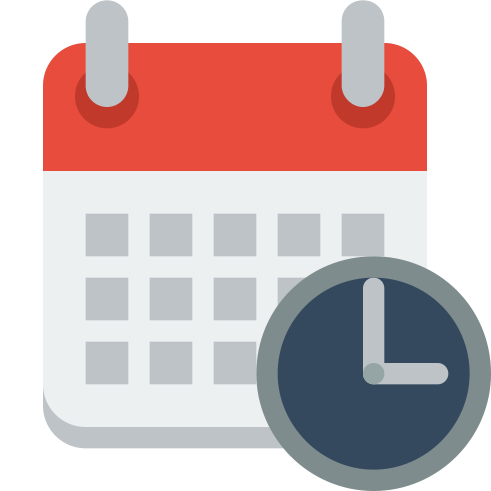

 Like SUPER lean… like I threatened to only cook ramen and considered canceling our $14 per month spotify subscription lean…
Like SUPER lean… like I threatened to only cook ramen and considered canceling our $14 per month spotify subscription lean…


